ESB3 is a water soluble powder specially developed for the treatment of coccidiosis in poultry. It dissolves easily in water, and chickens show no reluctance to drink water containing this medication.
ESB3 helps destroy agents of fowl cholera (Pasteurella multocida) and fowl typhoid (Salmonella gallinarum-pullorum) that affect chickens and turkeys.
Egg laying and reproduction is not affected by treatment with ESB3.
Uses of ESB3
- To treat coccidiosis, infectious coryza and necrotic enteritis (diarrhoea) in poultry.
How to mix and administer ESB3
- ESB3 should be administred via drinking water.
- During the period of treatment, water drinkers should be filled daily with fresh drinking water containing ESB3.
- No changes should be made to the rations (15g per 15L drinking water) during the treatment period.
- 15g of ESB3 will medicate sufficient water for 1 day’s treatment of 250 day old chicken.
- 15g of ESB3 will medicate sufficient water for 1 day’s treatment of 100 4week old growers.
- 15g of ESB3 will medicate sufficient water for 1 day’s treatment of 50 8week old layer poults.
ESB3 vs Coccidiosis
- Treatment should be continued for a minimum of 3 days. Inorder to mimise losses, treatment must be done at the first sign of the disease.
- If results are not entirely satisfactory – because of failure to start treatment at the best possible time, incorrect dosage or the presence of other diseases – the diagnosis should be re-examined and if necessary, after an interval of 2-3 days, the treatment should be repeated for 3 days.
- In layers, this repeat treatment should be carried out with half the normal concentration.
ESB3 vs Infectious Coryza
- Recommended flock treatment consists of 2 days’ treatment followed by 2 days complete break (umedicated drinking water) followed by a further 3days of treatment.
- It should be noted that a variable percentage of recovered birds are liable to remain carriers of the disease. These birds, while showing no symptoms can then infect susceptible birds.
- At the same time it should also be noted that recovered birds are unlikely to show clinical symptoms of coryza when re-exposed to infection at a later date.
- Due to these factors, the recurrence of disease in flock may necessitate repeated treatment.
Caution: Withdraw treatment 72 hours (3days) before slaughtering birds.
Disclaimer: Information in this article does not substitute advice from your local veterinarian. Whilst great effort is taken to ensure accuracy of information in this article, no responsibility can be accepted for any loss or injury incurred due to error or omission.
Did you find this article helpful? Leave a comment below or subscribe to my free Email Newsletter and also like The Poultry Shop Facebook page. Thanks!
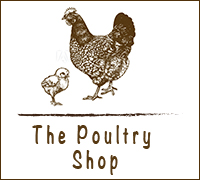
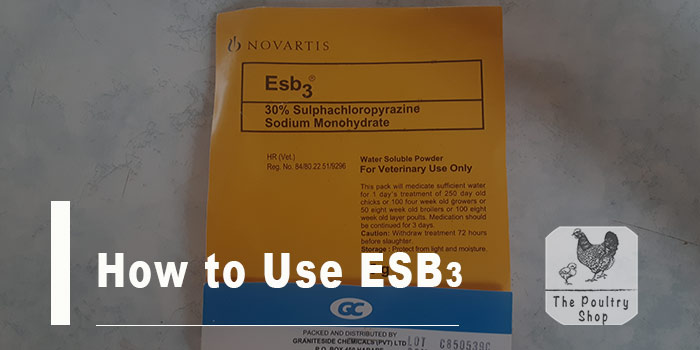
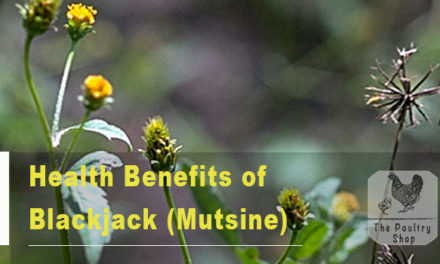
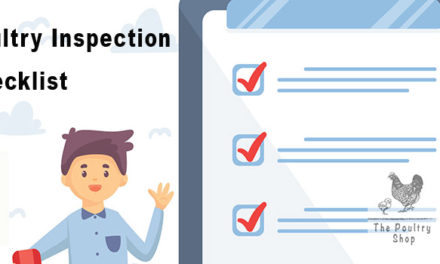
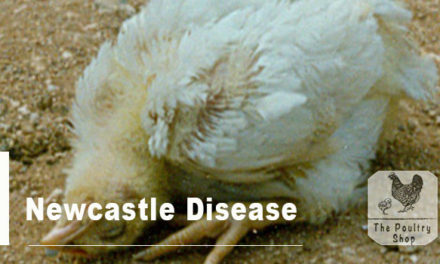
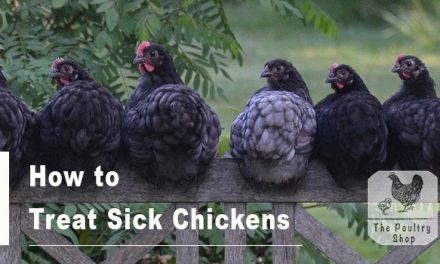
this was very helpful, good work thanks
You’re welcome George!